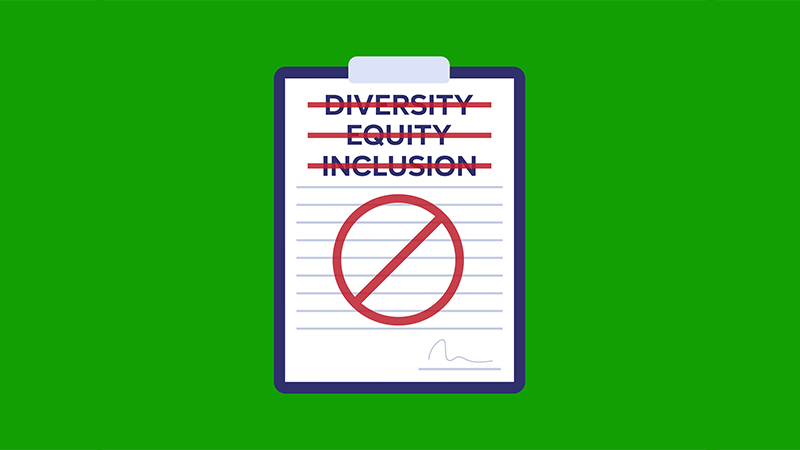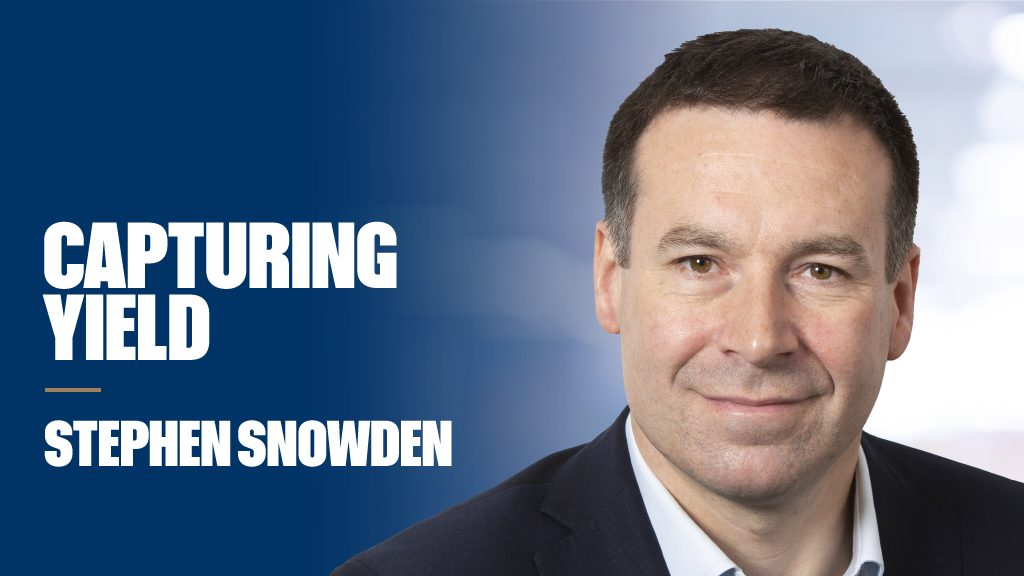PA AUTUMN CONGRESS: A focus on home bias in the US – Weldon
The Fed’s decision to keep rates on hold in September will lead to some complexity for US stocks in the short term, but it is not something about which to be concerned, says Artemis US fund manager, Cormac Weldon.





















